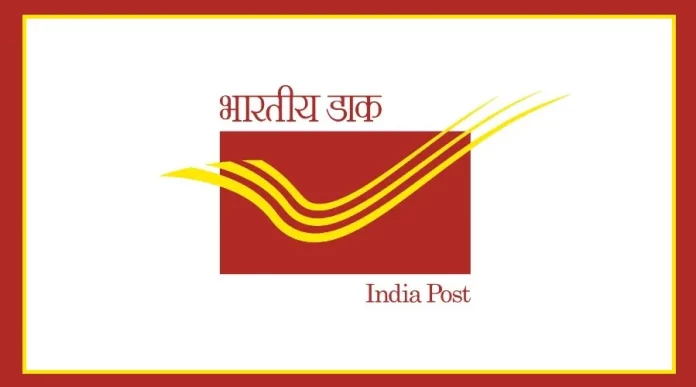Before investing in a Post Office Scheme, it’s crucial to understand the new rule implemented.
The Post Office will now cross-check your Permanent Account Number (PAN) with the Income Tax Department’s records to ensure Aadhaar linkage and accuracy of personal information.
Mandatory PAN and Aadhaar Information
Effective from April 1, 2023, providing both PAN and Aadhaar information is mandatory for investing in any post office scheme.
If there’s any disparity between the provided information, you won’t be able to invest. The CBS system is now integrated with Protean e-Gov Technologies for PAN validation, ensuring accuracy.
Mandatory PAN and Aadhaar for Small Savings Schemes
As of April 30, 2024, PAN and Aadhaar have become mandatory for investing in small savings schemes like PPF, NSC, and others.
A recent notification from the Postal Department (issued on May 7, 2024) states the revision of the Protean system for PAN verification, effective from May 1, 2024.
Understanding Small Saving Schemes’ Interest Rates
Small saving schemes like PPF, SSY, SCSS, etc., are popular among the masses. Here’s a breakdown of the interest rates offered by these schemes:
Post Office Savings Account: 4.0% annually
1-Year FD: 6.9% (Interest paid quarterly)
2-Year FD: 7.0% (Interest paid quarterly)
3-Year FD: 7.1% (Interest paid quarterly)
5-Year FD: 7.5% (Interest paid quarterly)
5-Year Recurring Deposit: 6.7% (Interest paid quarterly)
Senior Citizen Savings Scheme: 8.2% (Interest paid quarterly)
Monthly Income Scheme: 7.4% (Interest paid monthly)
National Savings Certificate (NSC): 7.7% (Interest paid annually)
Public Provident Fund (PPF): 7.1% (Interest paid annually)
Kisan Vikas Patra: 7.5% (Matures in 115 months, interest paid annually)
Mahila Samman Saving Scheme: 7.5% (Interest paid quarterly)
Sukanya Samriddhi Yojana: 8.2% (Interest paid annually)
